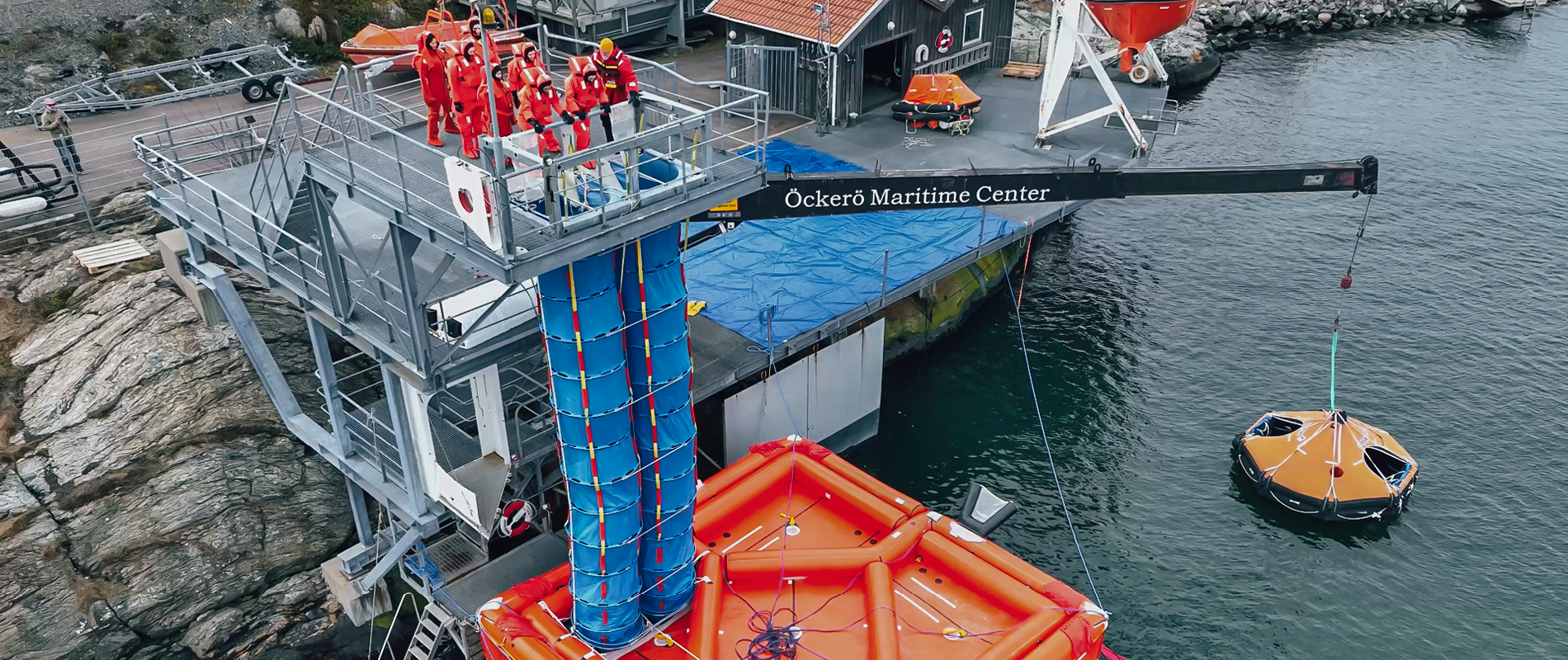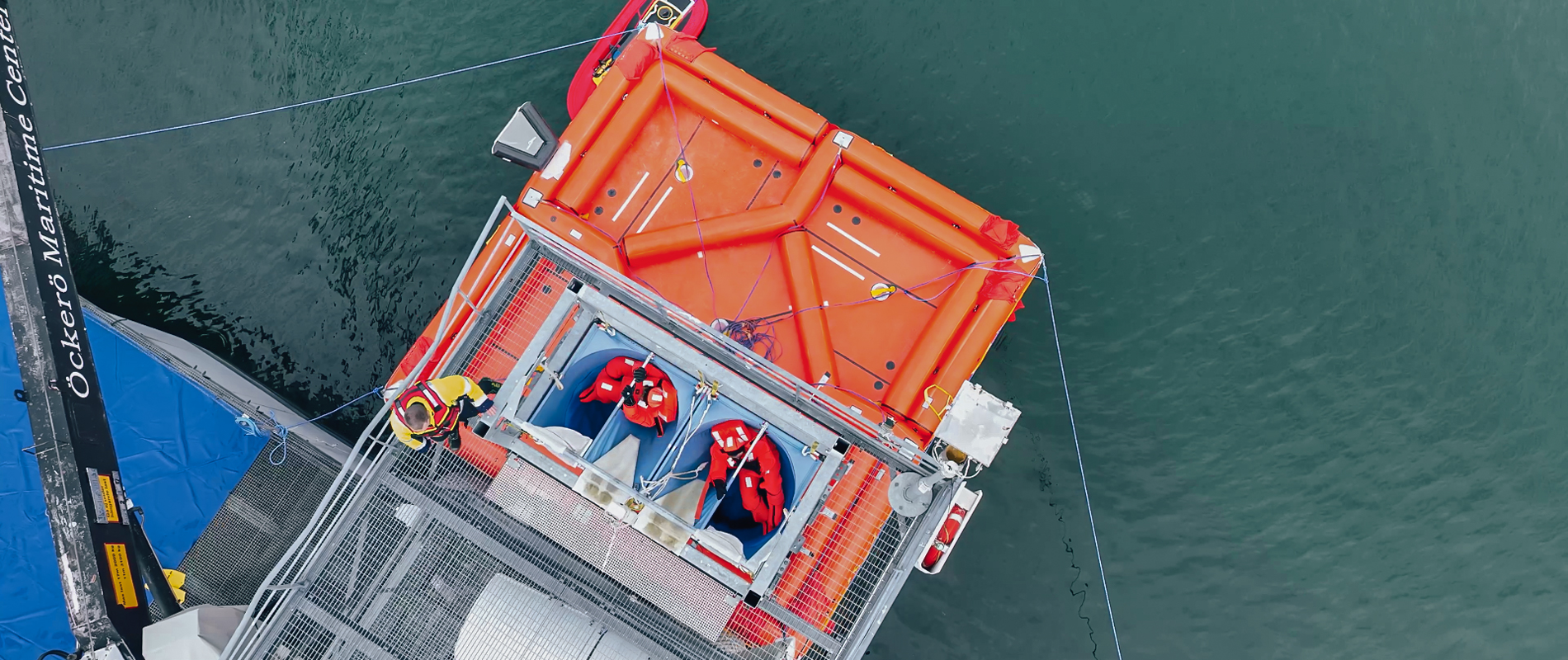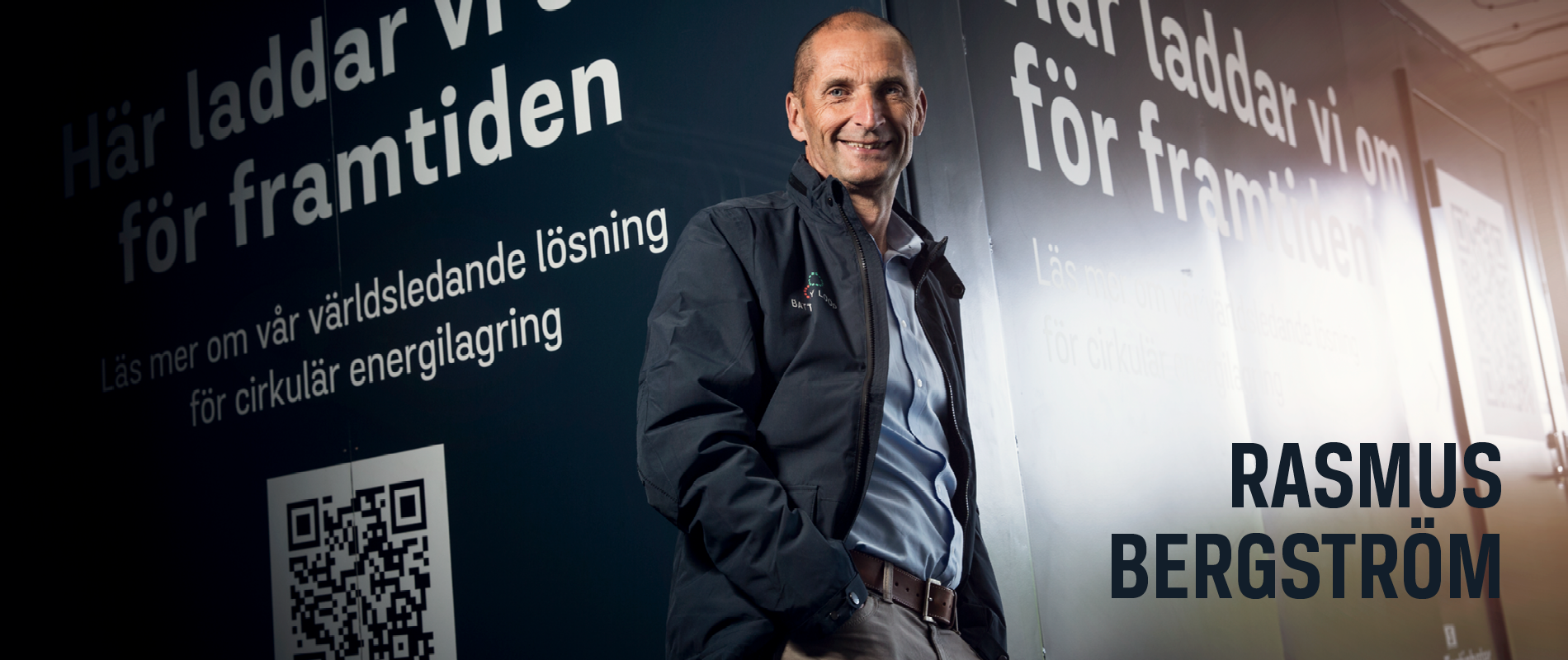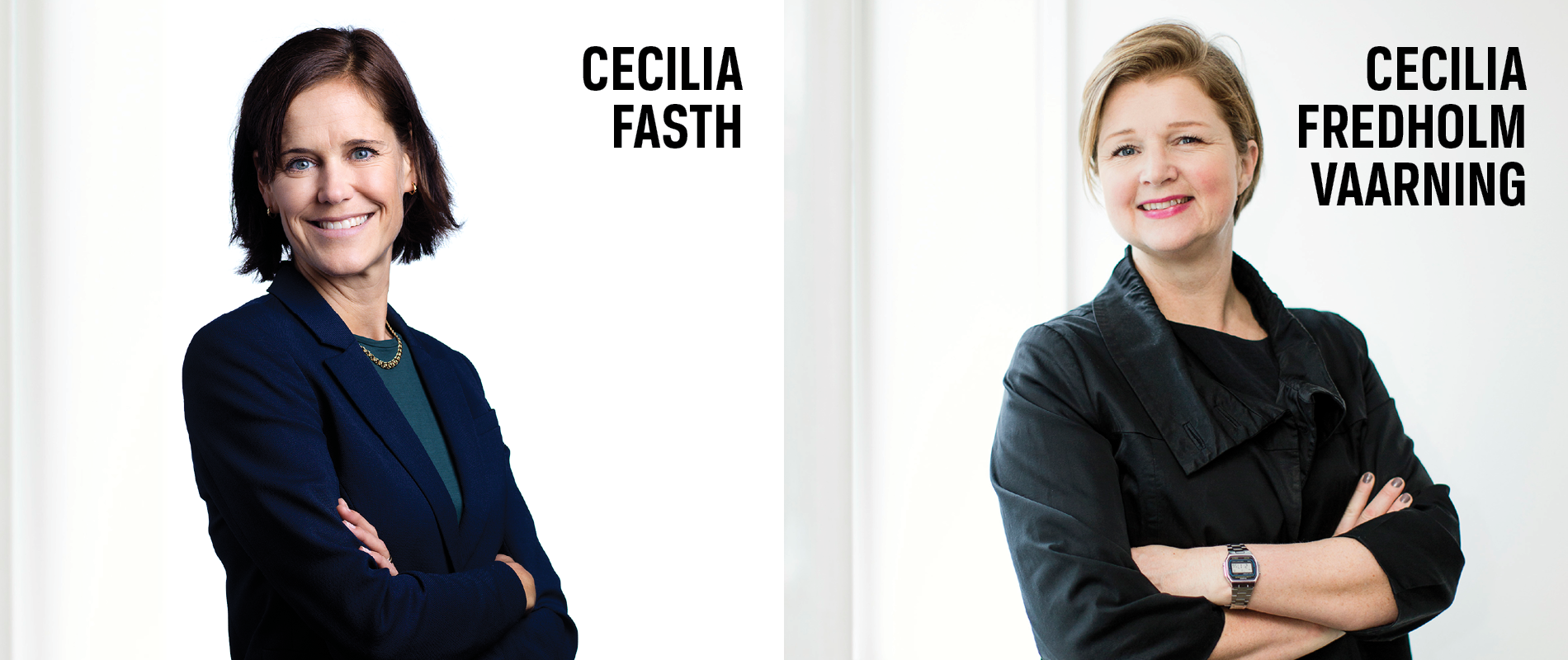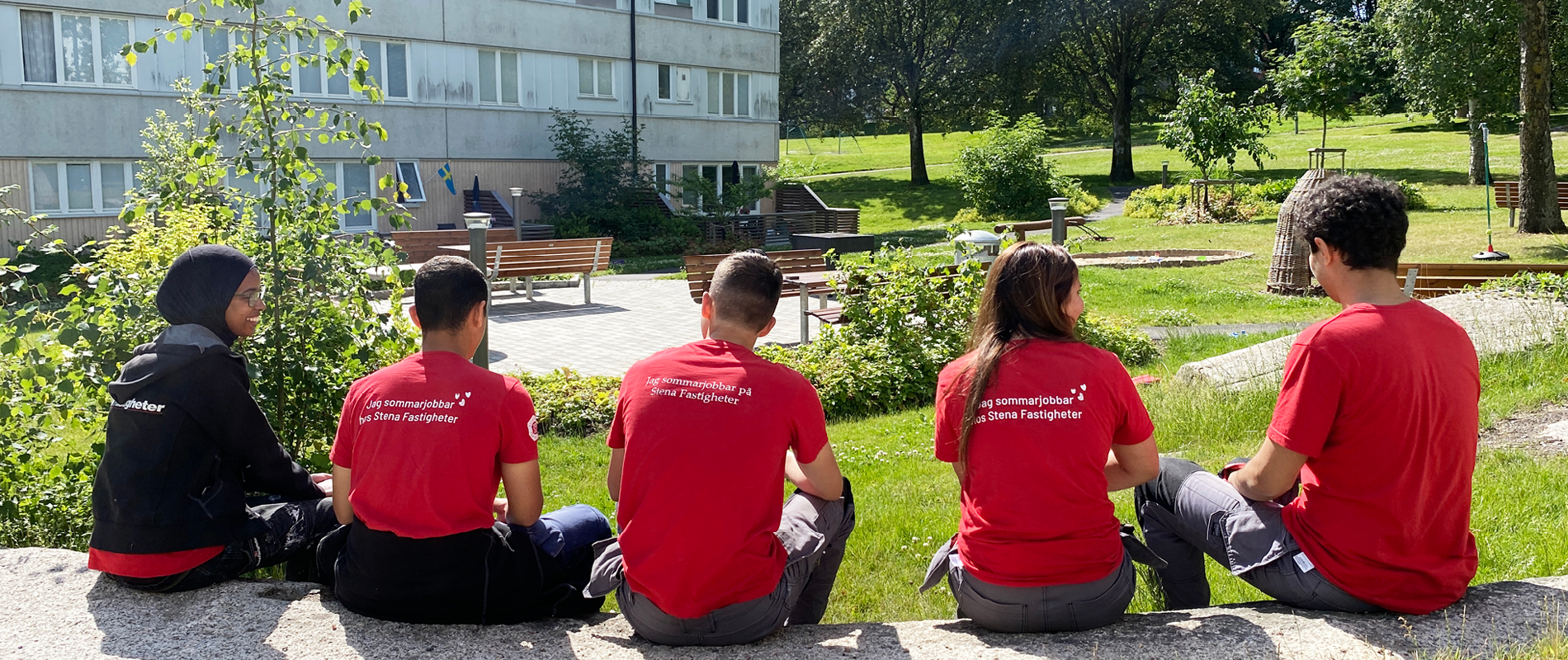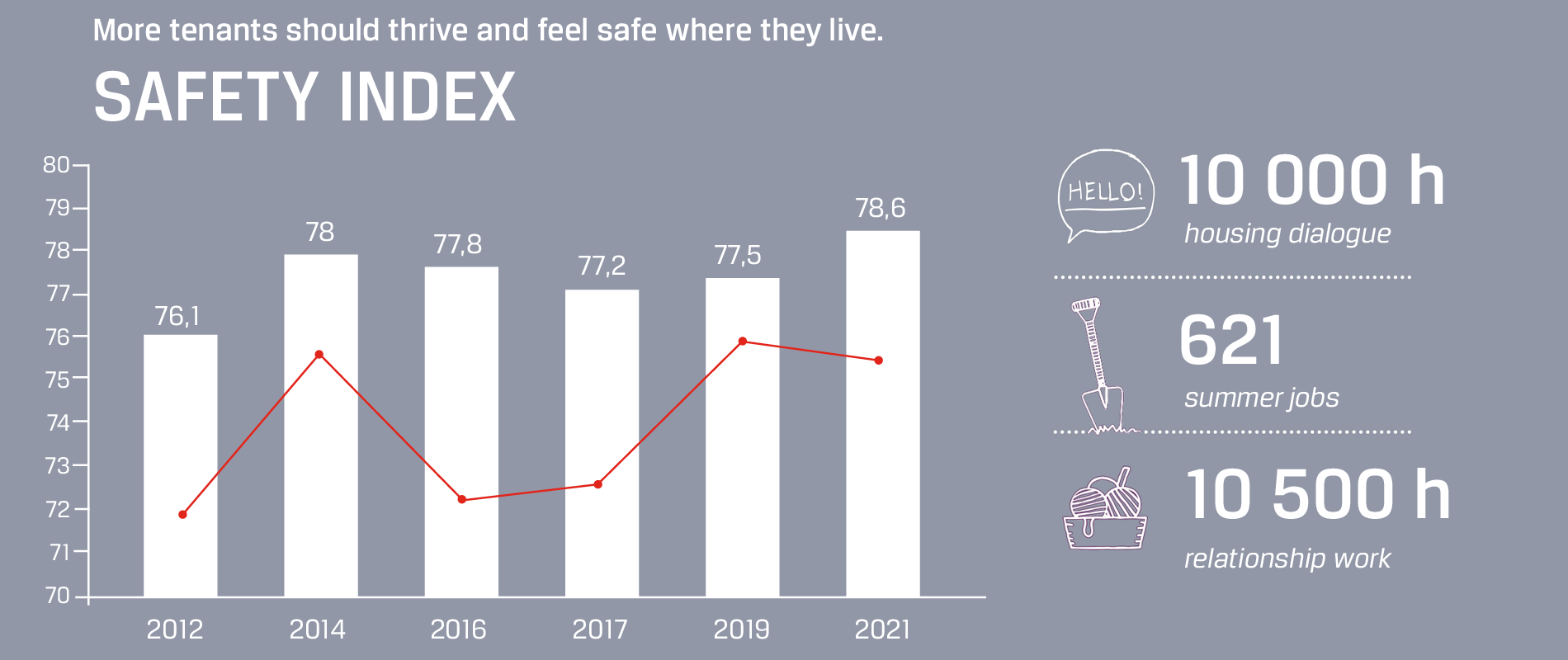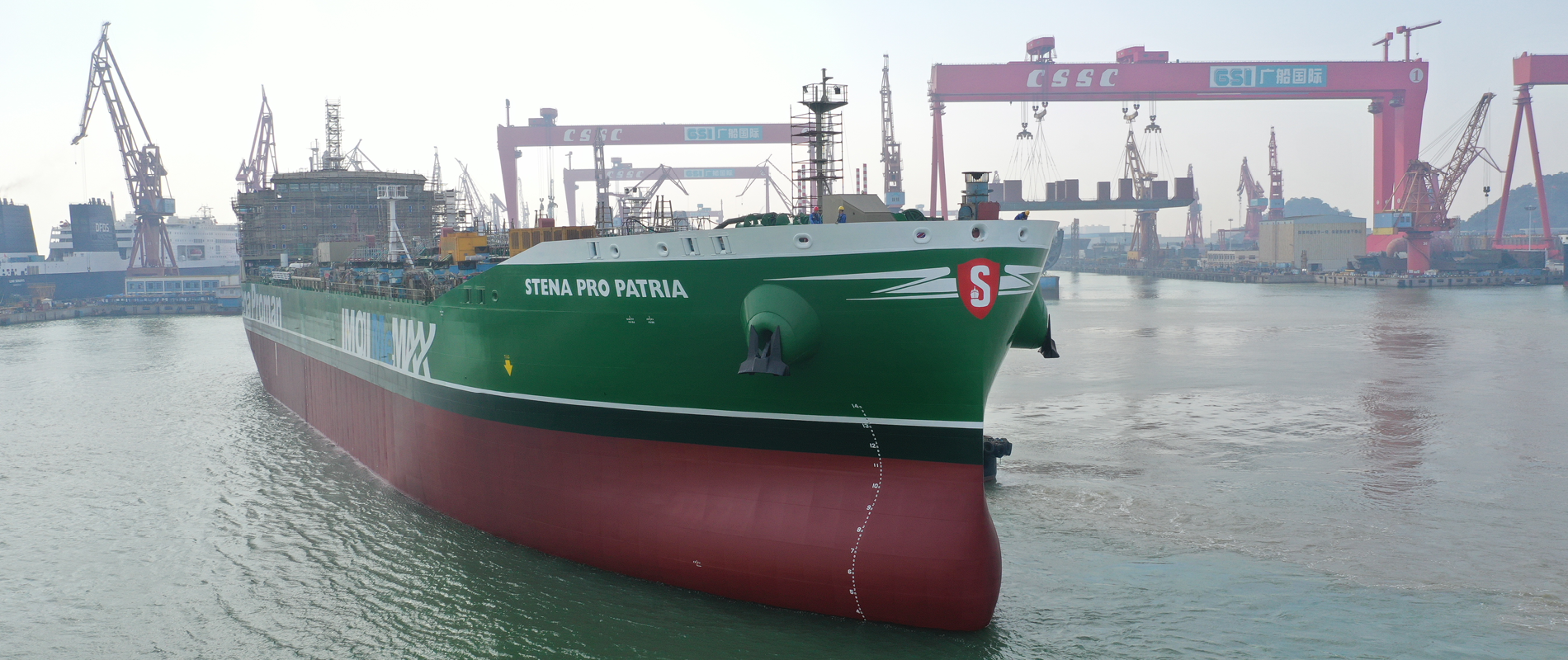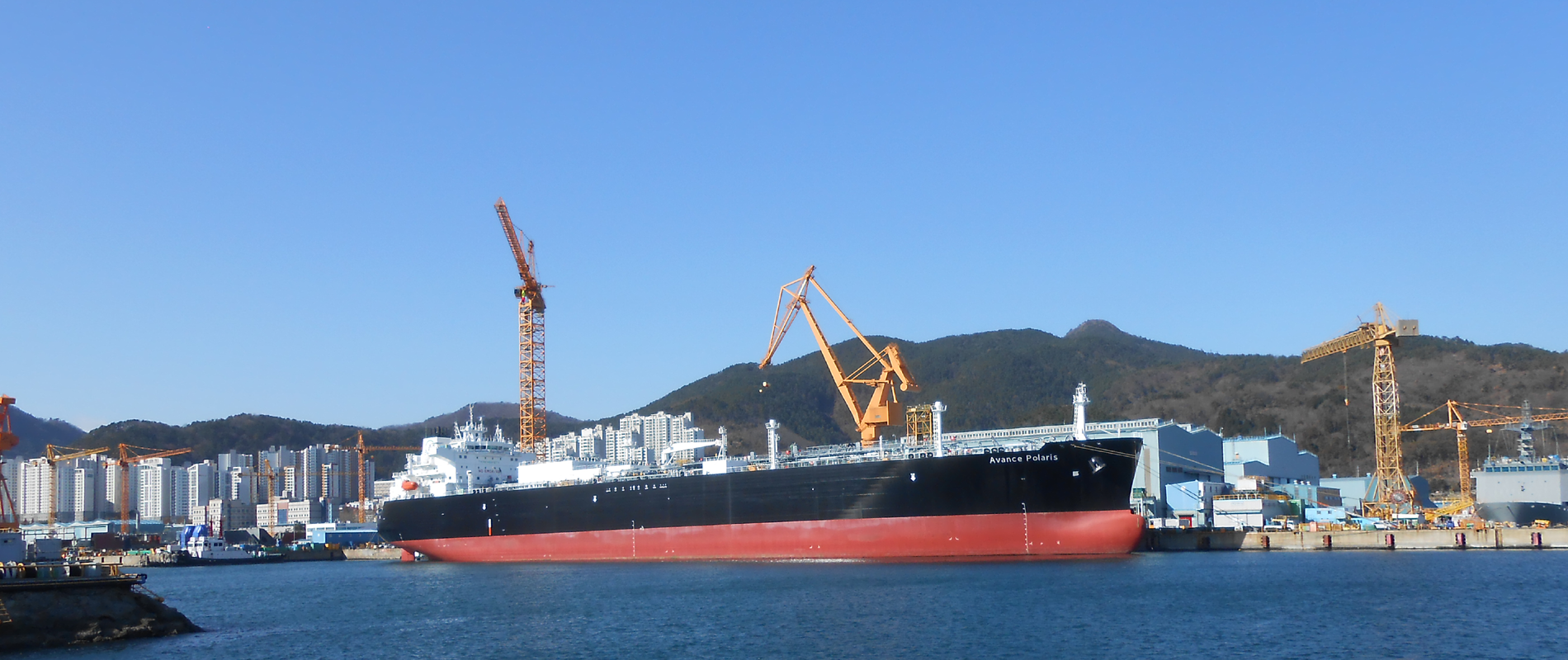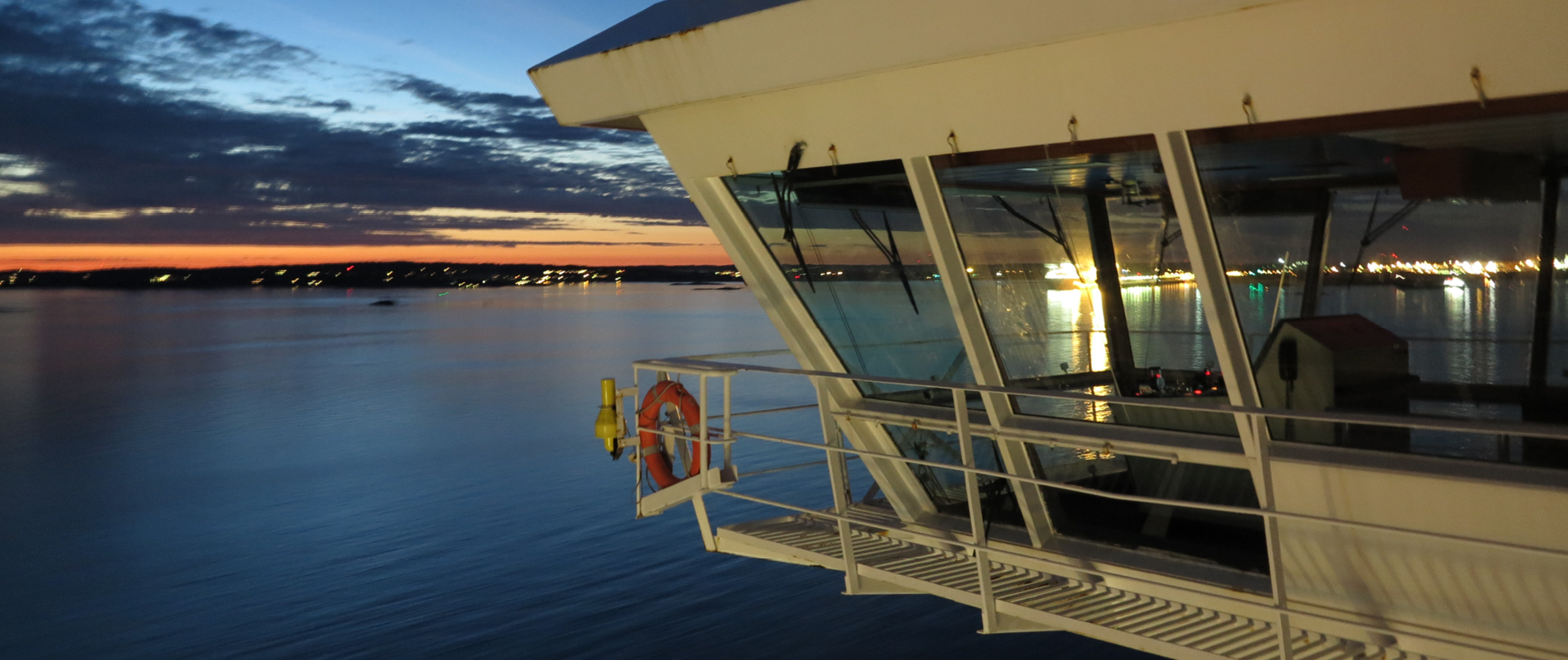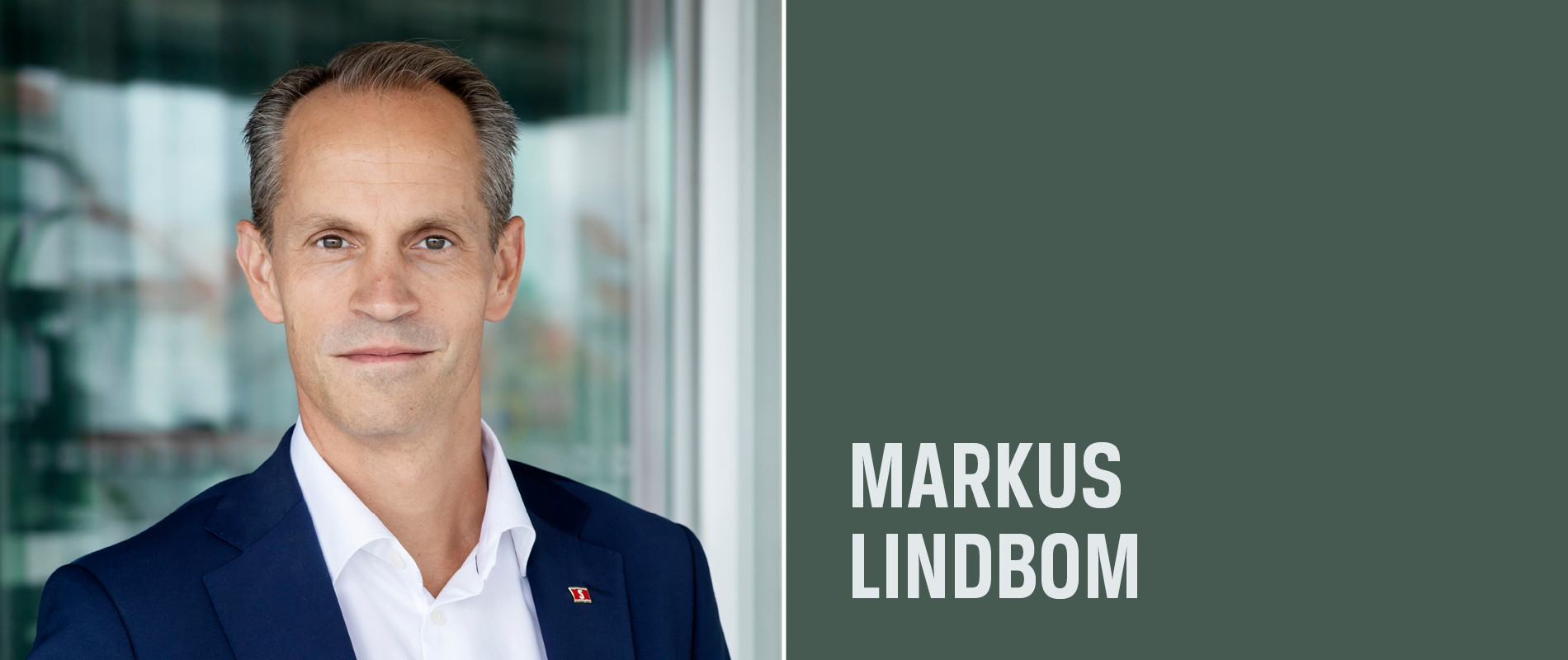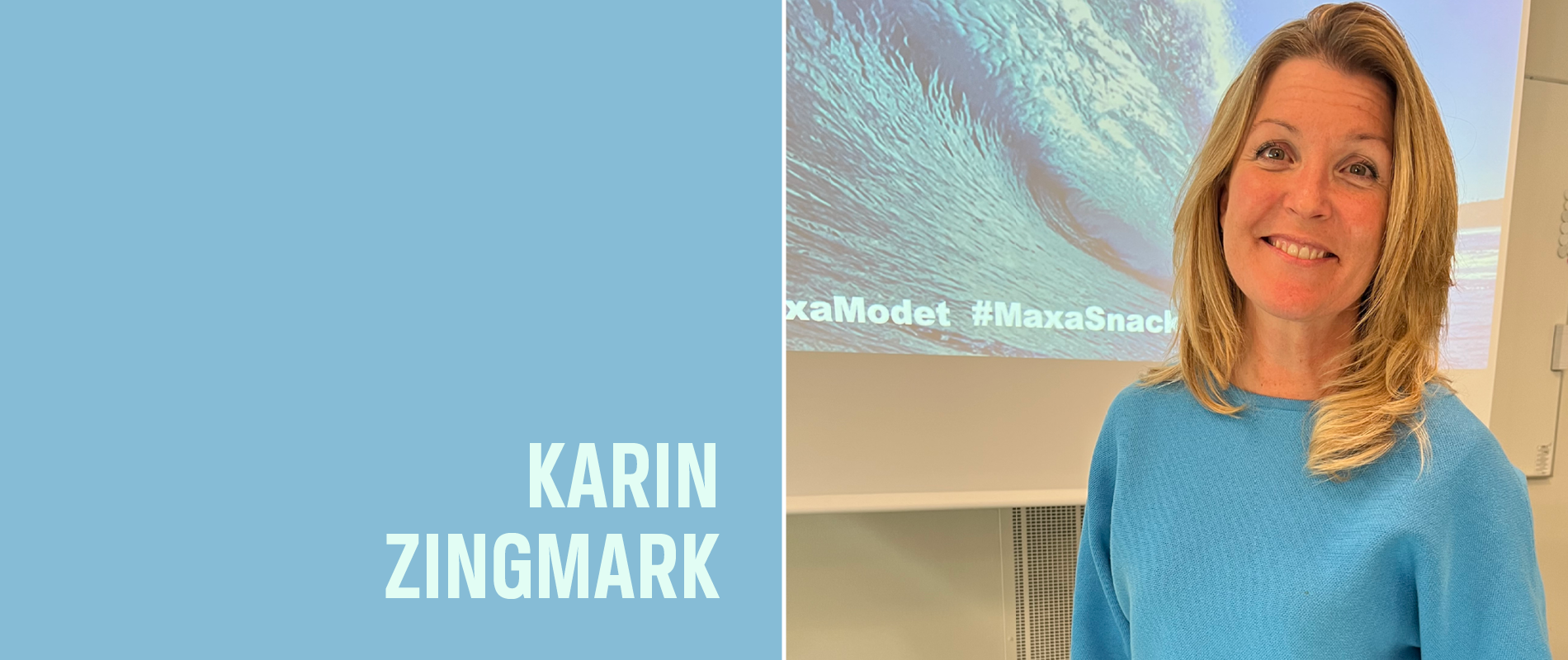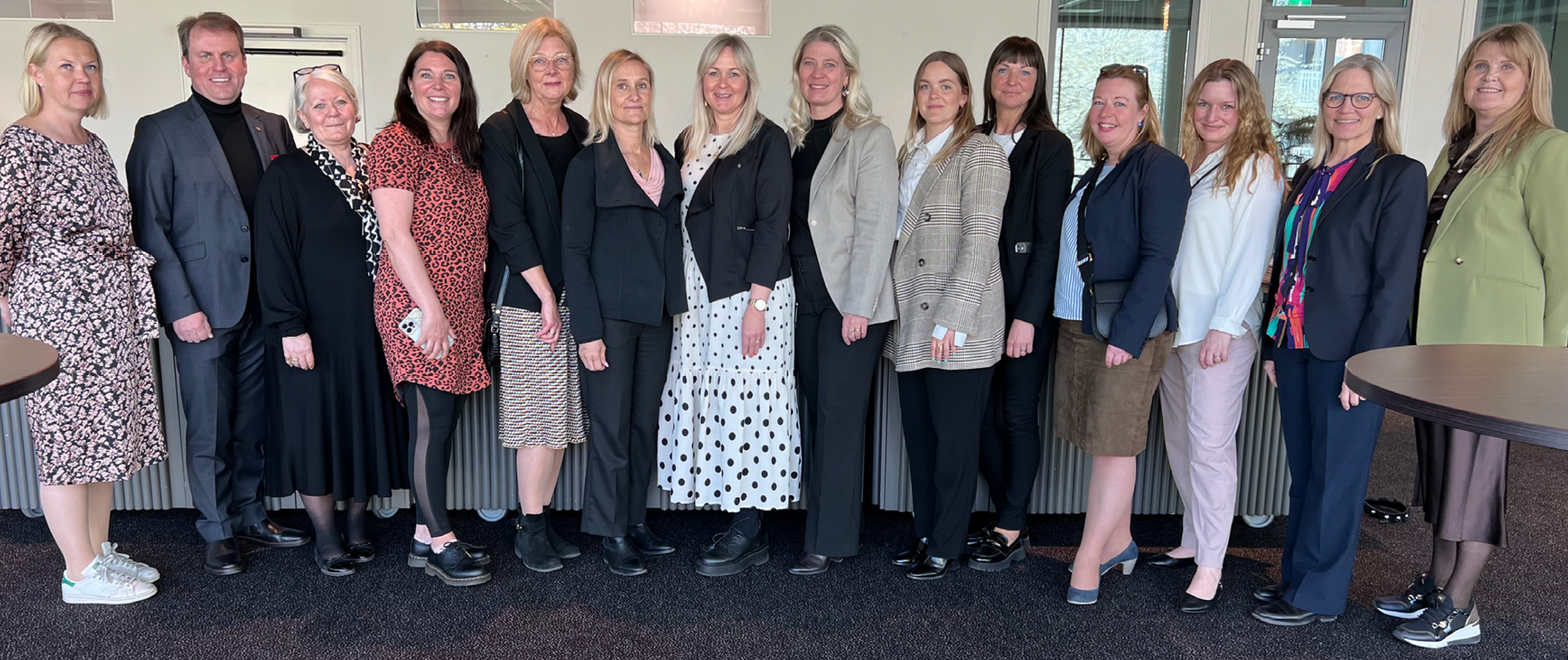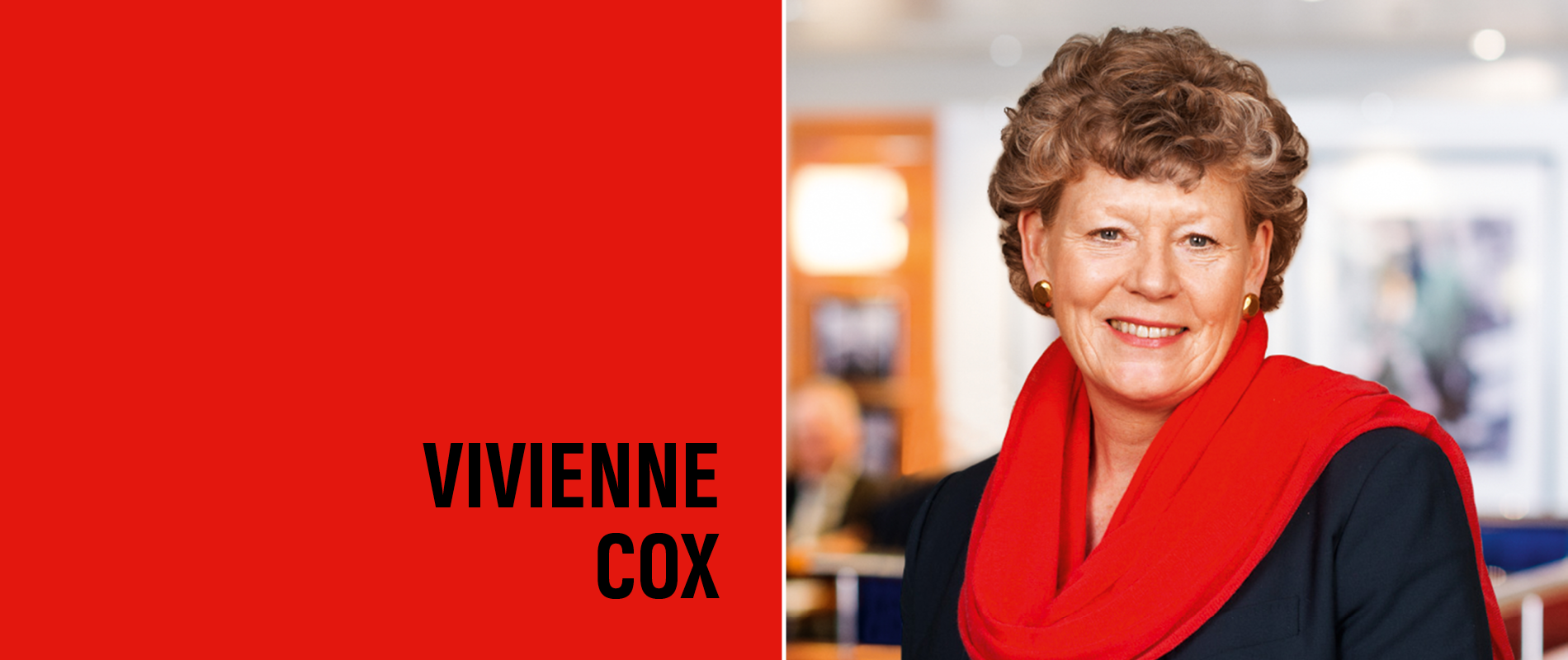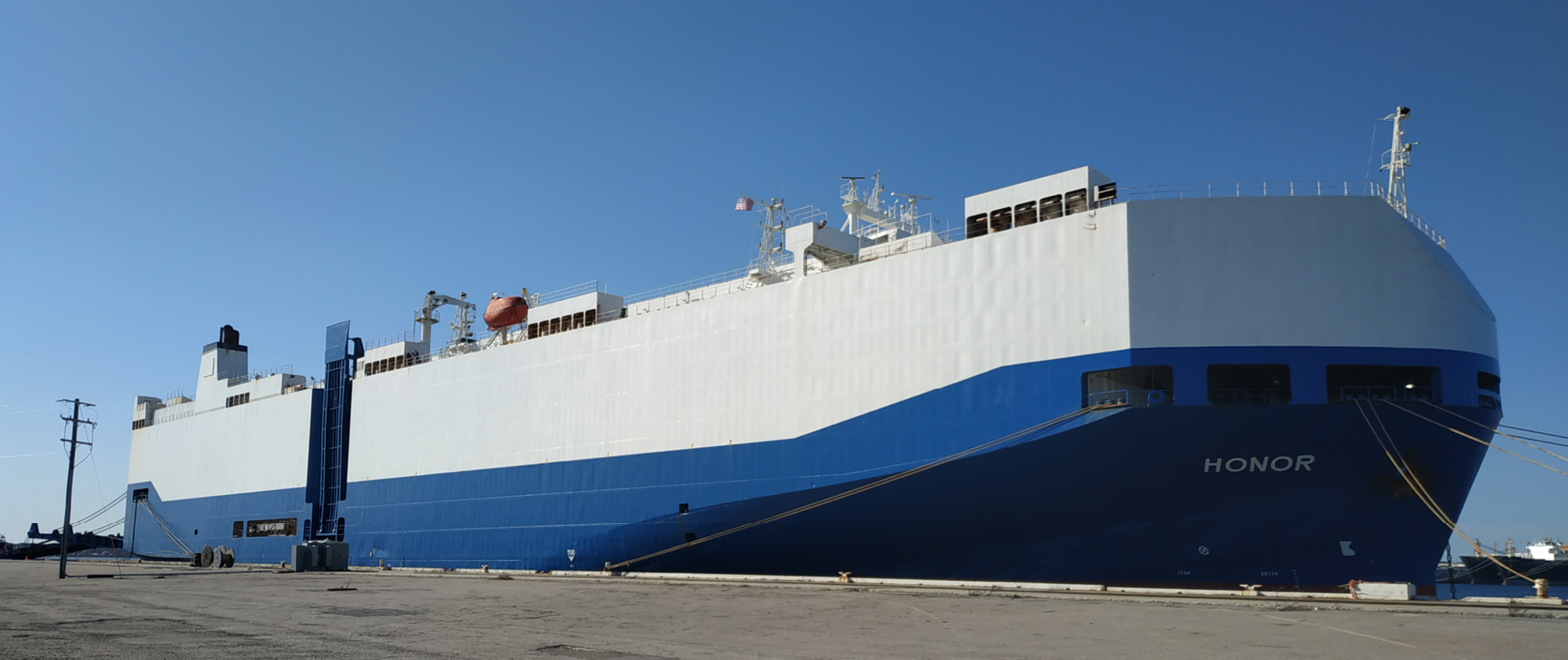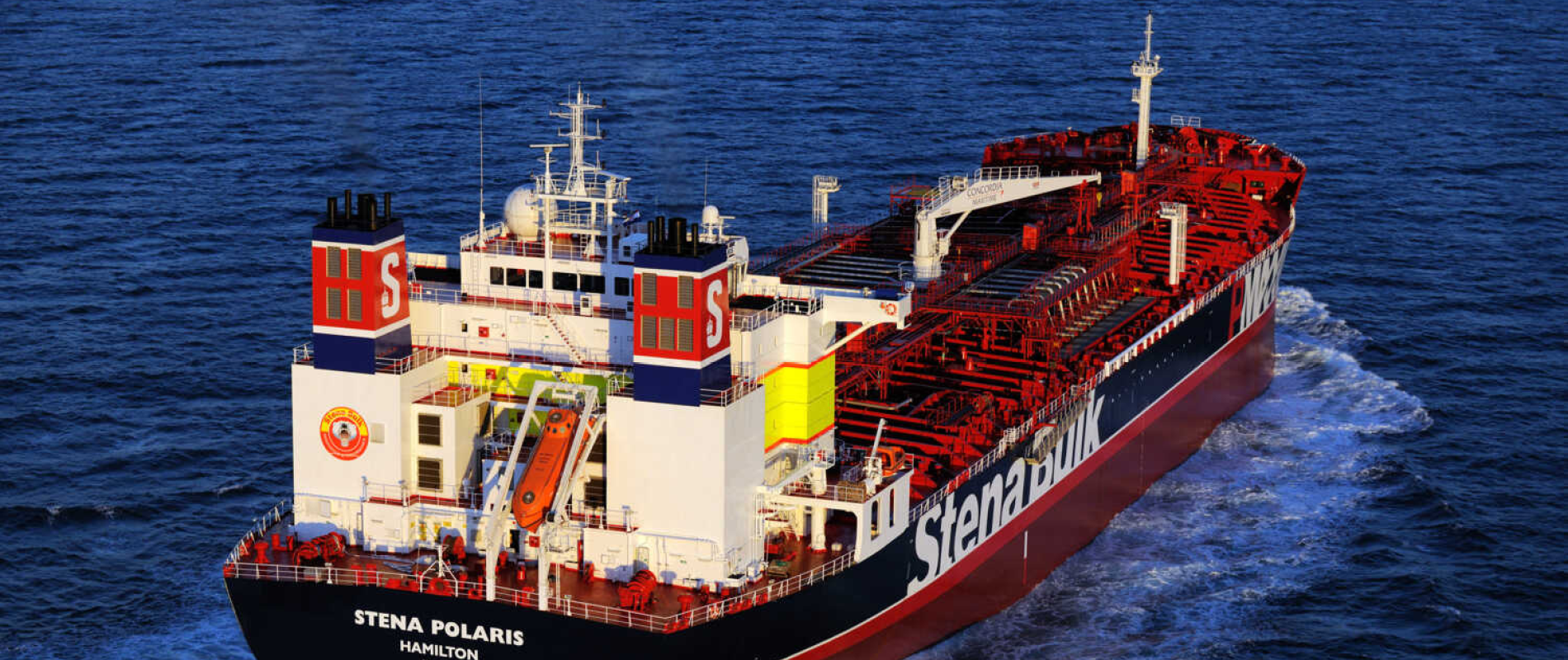Dan Sten Olsson - June 2022
LEADING WITH SUSTAINABILITY
As we were getting ready to finally shake off the burdens of a two-year pandemic, a new crisis hit Europe. The last quarter shows the importance of resilience and staying true to the mission of our companies, namely: To create value for society and for our customers.
To staying relevant takes work. Worst case, we rest on our laurels believing that what we’re doing well today will be enough tomorrow. That attitude is a certain recipe for disaster in the rapidly changing world we operate in. A better outcome is to be able to adapt and follow our customers as they change. The best case is if we can proactively change and evolve to be ready to provide the best services and solutions for the future when it arrives.
The last few months have once again shown that one can never take stability for granted. We need to be capable of handling change. But an equally important lesson for me is how crucial it is to not get side-tracked and lose focus of our long-term strategy and goals. When an issue is drawing everyone’s attention, it is the right time to take the long-term view and make sure we are positioned to stay relevant.
Even if Russia’s invasion of Ukraine has created a shortage of raw materials that have benefitted the profitability of Stena Metall, the war is sending shockwaves through supply chains that will affect us later on. But the war is also a reminder of how reliant the economy is on oil, gas and other finite resources. This dependence seems to last longer than most of us believe today, but long term this crisis could actually help Europe to speed up the transition to a low-carbon society, by making itself less dependent on those resources.
Let us take a moment to look at how various Stena Sphere companies are not only adapting, but proactively leading the way, with sustainability.
STENA METALL – SUSTAINABILITY AS A CORE BUSINESS
Stena Metall’s core business is to care for resources. Each ton of ferrous scrap, aluminum, or plastic that gets recycled through its businesses is a ton less needed to extract at the cost of CO2 emissions, loss of water & biodiversity. For example, 1 ton of recycled aluminum saves 95% of energy compared to producing 1 ton of virgin aluminum. Last year, the group contributed to 7.8 million tons of avoided CO2 emissions – roughly the equivalent of 1.7 million gasoline-driven cars.
From companies that have started to report their emissions publicly, it is clear that a very large share comes from the materials and components they buy, and the waste they create. By taking care of that waste and turning it into new resources, Stena Metall actively helps our customers reduce their carbon footprint. It is valuable today and will be even more valuable tomorrow. In fact, the demand for recycled metals could explode in the near future as initiatives like Hybrit and H2 Green Steel scale up and start demanding ferrous scrap as raw material.
Of course, Stena Metall’s operations produce CO2 emissions too, though less than 10% of what it helps to avoid. But committed and systematic work to reduce those emissions are giving result:
• Road transports contribute almost a third of Stena Metall’s emissions, so by reducing emissions from fuels we can accomplish a lot. Replacing diesel with HVO fuel is one action that helped reduce group emissions by 9% last year, despite higher energy consumption.
• In April, Stena Recycling Group joined the Science Based Targets initiative. It commits companies to set and report on quantitative CO2 reduction targets. First, out of the gate, Stena Recycling AB has set the goal to reduce its Scope 1 & 2 emissions (emissions from own activities) by 70% from 2020 to 2030, and reduce Scope 3 (emissions from purchased goods and services, waste, and more) by 30%.
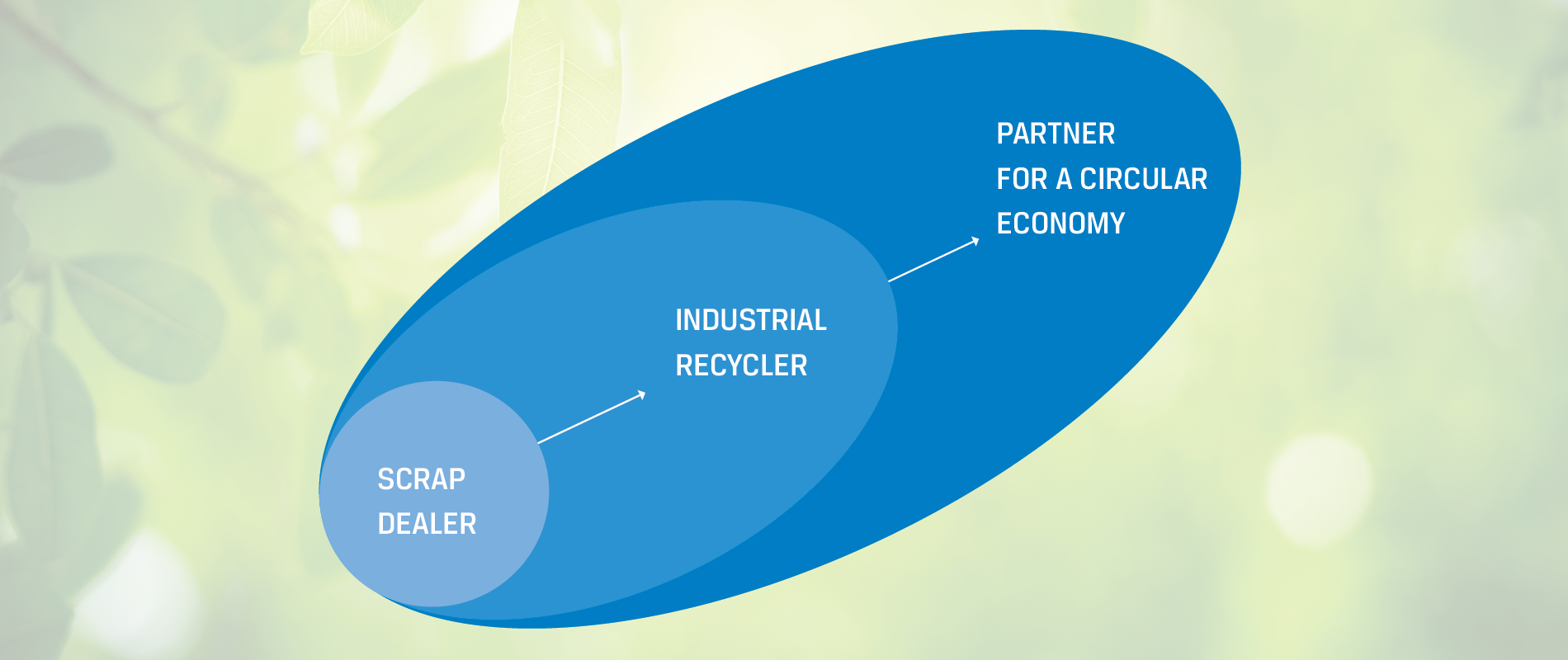
TOWARDS BECOMING OUR CUSTOMERS’ CIRCULAR ECONOMY PARTNER
From the first scrap trading business started by my father in 1939, Stena Recycling Group has developed into the biggest and most sophisticated industrial recycler in the Nordics. But we cannot stop there. As the market changes our value proposition must change with it. That is why the Stena Recycling strategy is to become our customers’ leading circularity partner.
A large part of this evolution is to expand our value proposition into services, for example by creating a new consulting service. Stena Circular Consulting is already helping several publicly traded customers be more sustainable by becoming more circular. Stena Recycling has also launched Circular Solutions to help companies like ABB and Alfa Laval create a commercial offering around the take-back and recycling of inefficient equipment and replacing it with new and efficient models that save energy.
Stena Recycling is also driving new business ventures to make more of the resources we have. Here are some examples:
• Together with Blomsterlandet, an Adactum-owned gardening retail chain, Stena Recycling has developed a compost recipe to make soil from waste materials coming out of the pulp and paper industry. The solution adds value in two ways. First, it is a useful product made with waste that was previously not very useful. Second, it helps Blomsterlandet lower its emissions when it displaces peat-based soil in the store since peat is considered to be a fossil resource.
• BatteryLoop creates value by creating energy storage solutions from used batteries that have a high residual capacity.
• HaloSep is a unique solution to extract metals, salts and other minerals from residual waste from incineration. It was developed within Stena Metall’s R&D department in 2010 and is now a stand-alone company at the beginning of its growth journey.
Stena Recycling’s position as a circular economy partner is well-timed with on-going trends in society. In April, the group published a survey asking 5,000 consumers in the Nordics about their priorities. 65% wanted to adapt their consumption to a low-carbon lifestyle. A majority believed businesses are responsible for making consumption more sustainable, for example by using more recycled materials. Stena Recycling stands ready to catch the wind of this shift in consumer attitudes.
SR Energy (Scandinavian Renewable Energy), former Stena Renewable, a company that was started 16 years ago by us at Stena Adactum, In August SR Energy will be the largest windmill company in Sweden, with a yearly reduction of CO2 emissions of 1.26 million tons equivalent to 2.7% of all territorial emissions in Sweden. Our share of the company is today 20% and our planned future investments in order to produce more sustainable electricity are huge.
Stena Fastigheter is well on track to reduce our CO2 emissions by 33% in comparison to 2018. Our newest residential development will be up to 73% self-sufficient in energy when it is ready.
The Stena Fleet of vessels are developed by finding technical solution enabling us to reduce fuel consumption operation-ally as well as by new technology. Operationally we reduce our emissions by roughly three percent per year on comparable routes. Technology wise, Stena Embla our latest newbuilding on our Dublin-Holyhead, route only consumes half the fuel in comparison to the equivalent ferry she trades in tandem with. We were the first ship owner in the world to convert a large ferry to methanol power, already in 2016. Methanol is today regarded as one of the most commercially available pathways toward reducing CO2 emissions. As energy will be a scarce resource going forward, we have to continue to focus on energy efficiency and we need to do so from both a technical, operational and strategic perspective. Going forward Stena has the ambition to sell energy efficiency solutions also to other shipowners. Both Stena Line and Stena Bulk have clear plans for how to reduce emissions from the vessels and comply with upcoming environmental legislation. Luckily most of our vessels are in principle built to comply with foreseeable new legislation.
Long term, methanol is one of the pathways to reduce emissions building on our experiences from Stena Germanica. The partnership Stena Bulk has with the world’s second-largest producer of methanol exemplifies this pathway. Together with the engine producer MAN, Stena Line and Stena Teknik are planning for the world’s first conversion of 4-stroke MAN engines to methanol.
For ferries, electrification is a viable future option. As an electric engine is a lot more efficient than any other fuel option the future will probably be electric for the shorter ferry routes. By our knowledge from BatteryLoop (another Stena Metall company) we are well prepared to handle this technology.
Stena is well-positioned to take a leading position in the ongoing transition of shipping. We have technical know-how and expertise from in-house R&D in Stena Teknik and Northern Marine Group. We also have 10,000 directly employed sea-going staff giving in-depth operational competence and we have an innovative culture and history of market-leading innovations. In addition to that we have close customer relationships with cargo owners, who rely on us to support them in their transitions.
To conclude, I am confident that we are doing the work to not only stay relevant but to be even more useful in a world where curbing emissions is ever more important. Change is hard work, and I want to take the opportunity to thank all of you who are involved in making all these innovations and changes happen.
Together, we can do it!
Dan Sten Olsson
Göteborg May 2022



